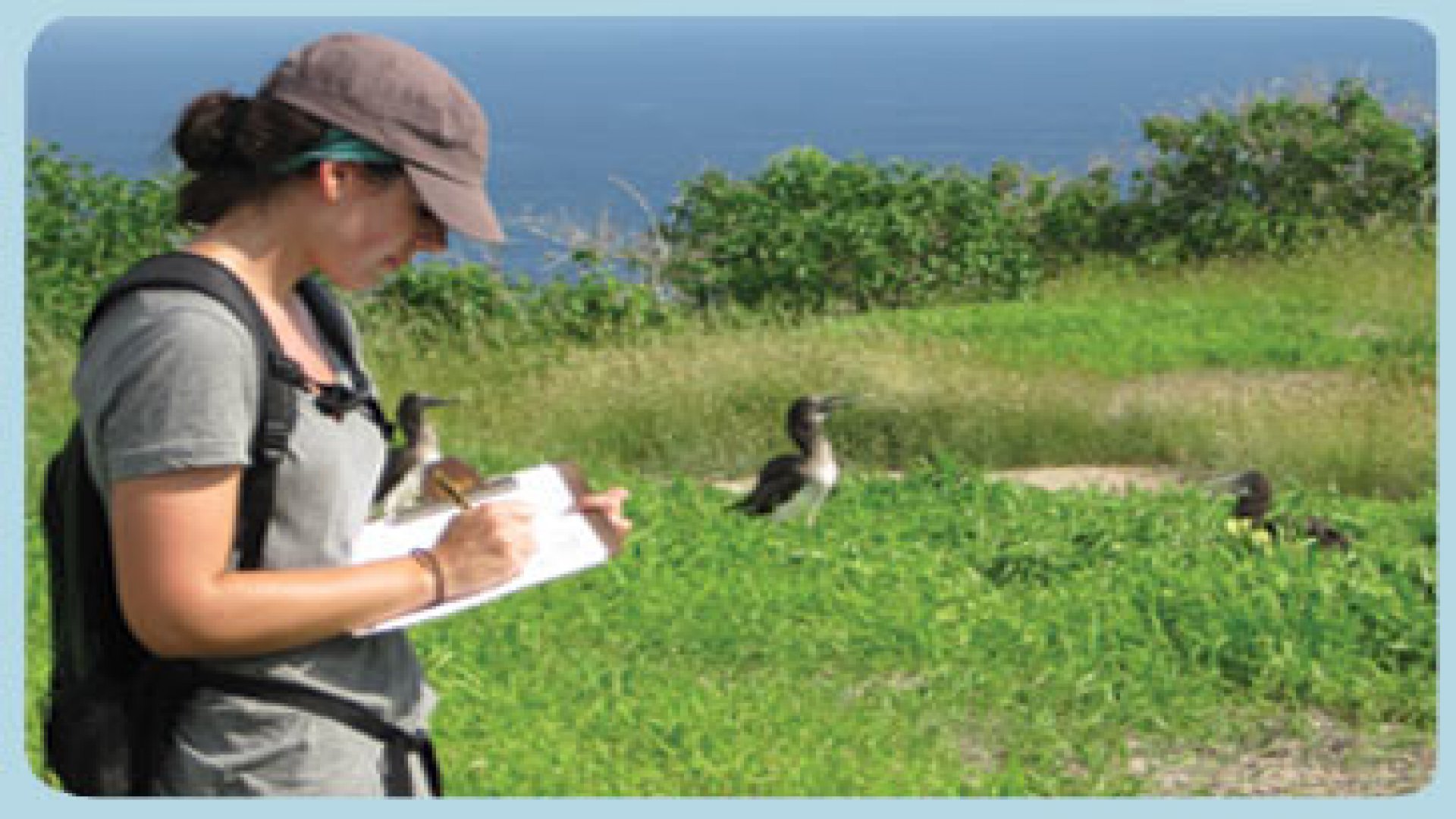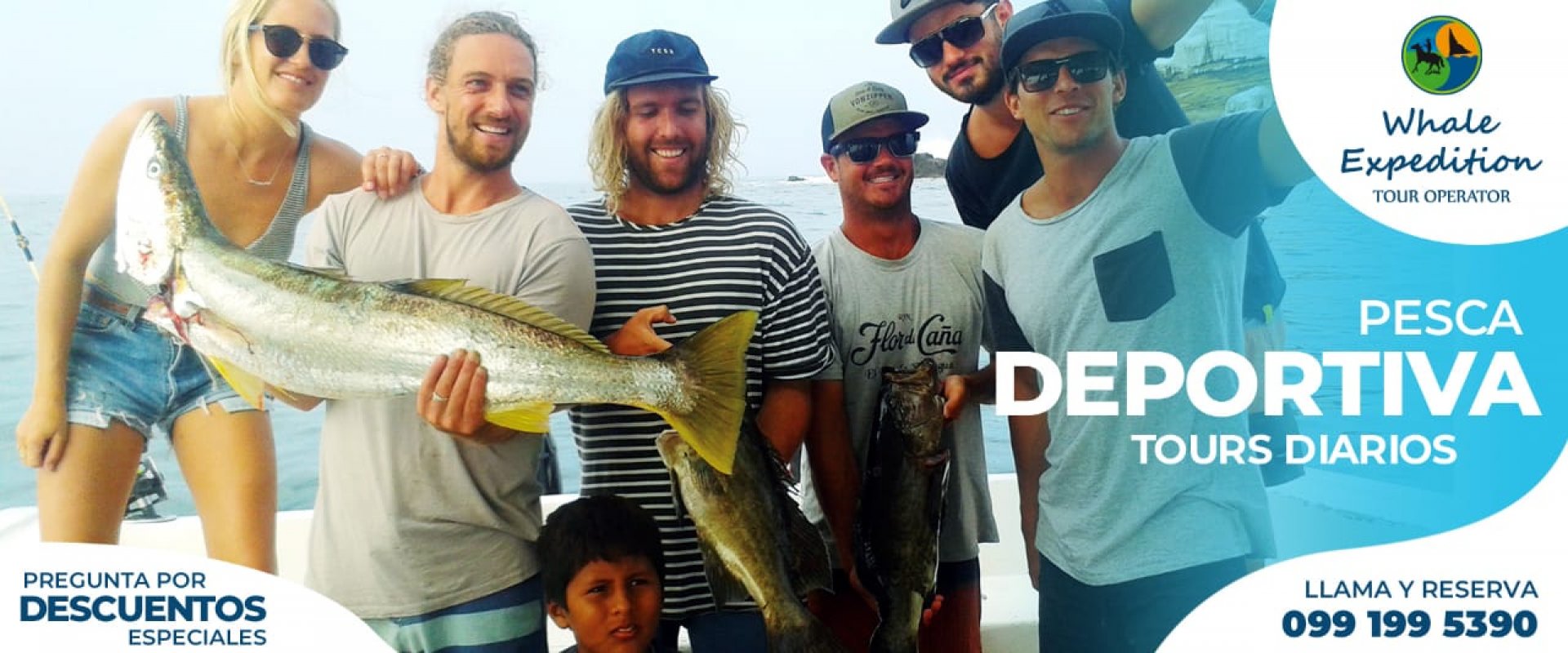IDENTIFICATION AND CENSUS OF MARINE BIRDS.
Seabirds are closely linked to the sea and for this reason are considered good indicators of ocean health. Seabirds have important interactions with fisheries and are very often caught incidentally on fishermen's hooks. For this reason it is necessary to evaluate the impact of fisheries on seabird populations in order to protect these animals.
These jobs are carried out seasonally on Isla de la Plata which is considered one of the most important nesting refuges in the coastal zone and where there are bird colonies such as blue-footed boobies (Sula nebouxii), red-footed boobies (Sula sula) , Nazca boobies (Sula granti) and Galápagos albatross (Phoebastria irrorata) Tropical birds. (phaethon aeterus) Every year especially at the beginning and end of the nesting season (June - October) meticulous work is done to learn the growth of the population and the impacts brought on by tourism activity in nesting areas. Recommendations to those responsible for Machalilla National Park on what processes or strategies to implement in case negative impacts are discovered.
The monitoring and census of birds is an activity that requires a lot of physical effort. There is an 8 km walk that takes place every day during the census. In addition, it takes great patience to be able to count the birds satisfactorily, especially during the nesting season when the colonies are extensive.
The activities of this program are the following :
- Counting of seabirds of different species
- Collection of data on the status of each of the species mentioned in special forms for each seabird colony
- Monitoring of seabird nests to determine the nesting success of each species.
- Collection of GPS points from the nests of each seabird colony
- Depending on the season, capture, measurement and marking of seabirds.

 Español
Español English
English
